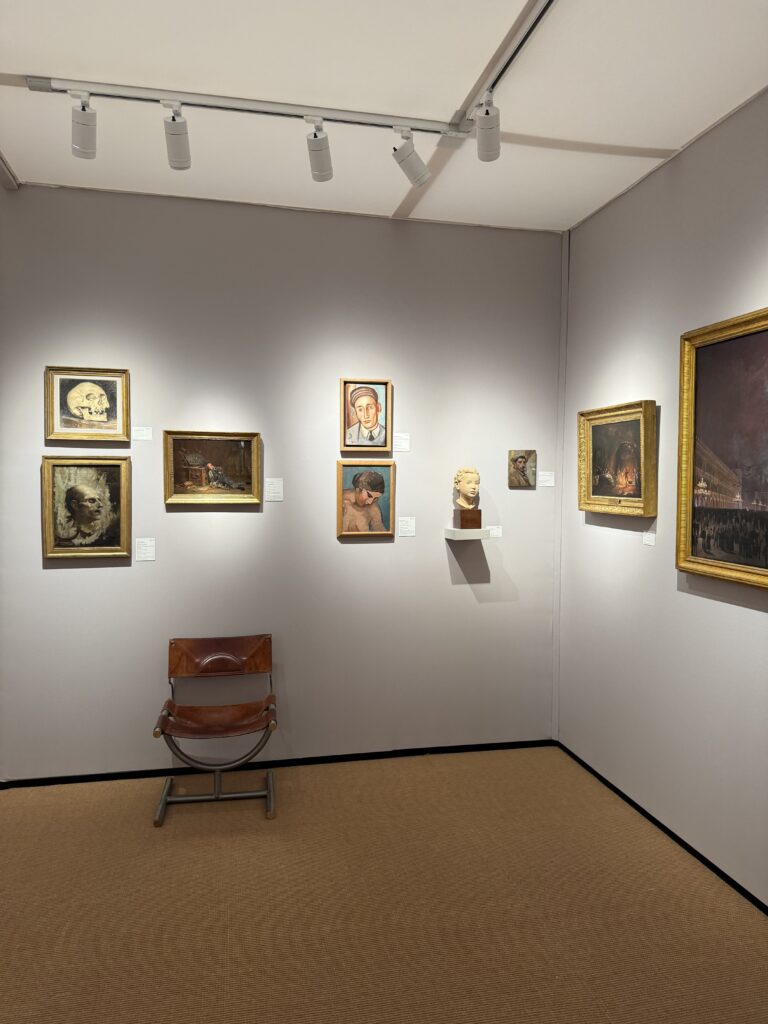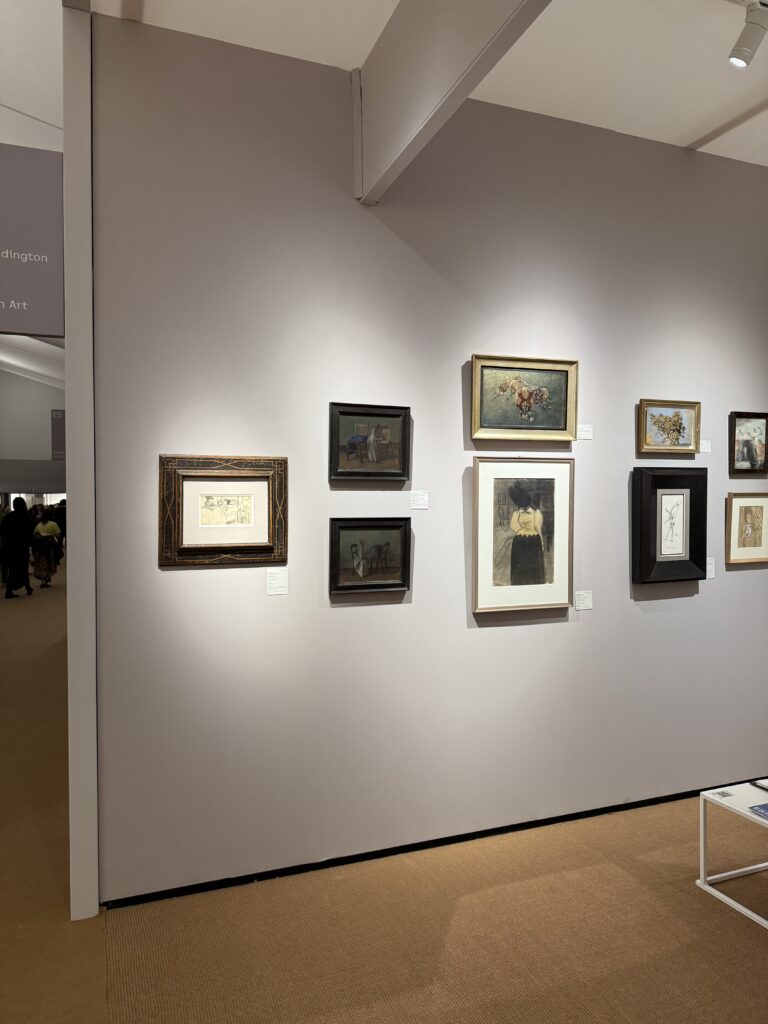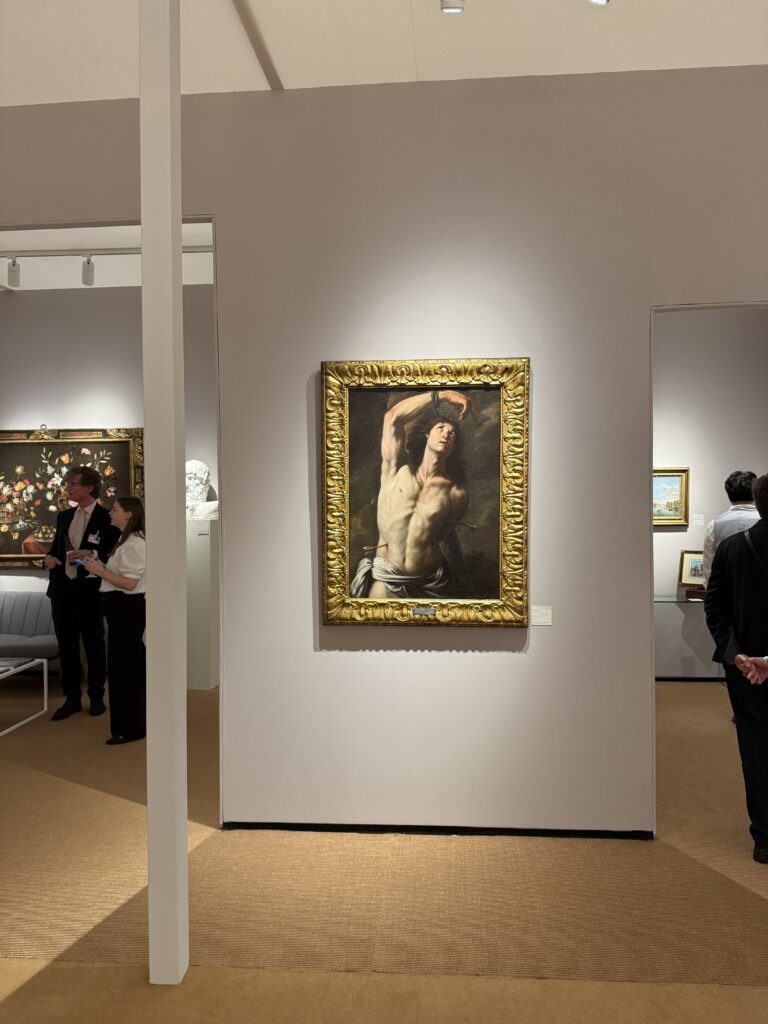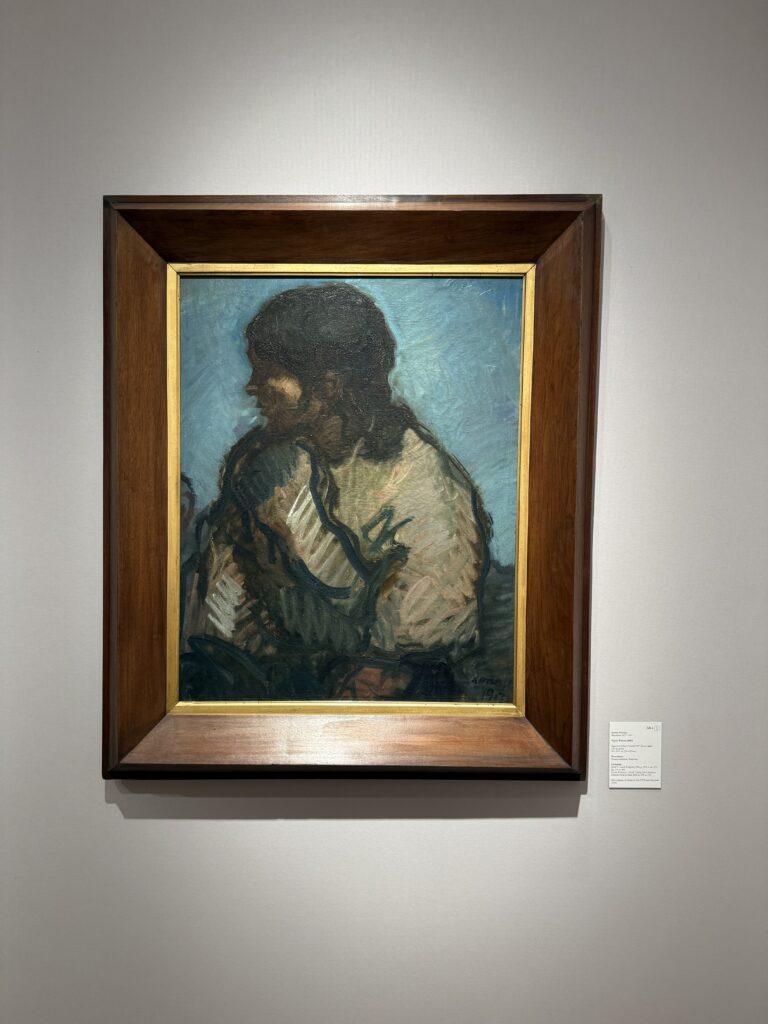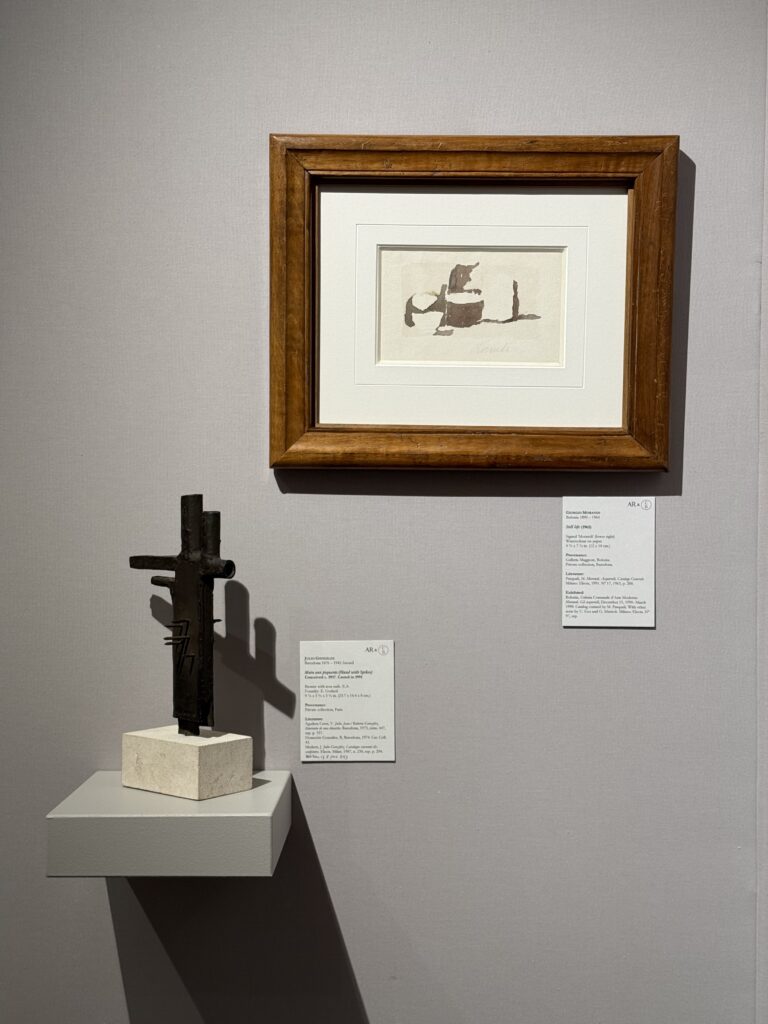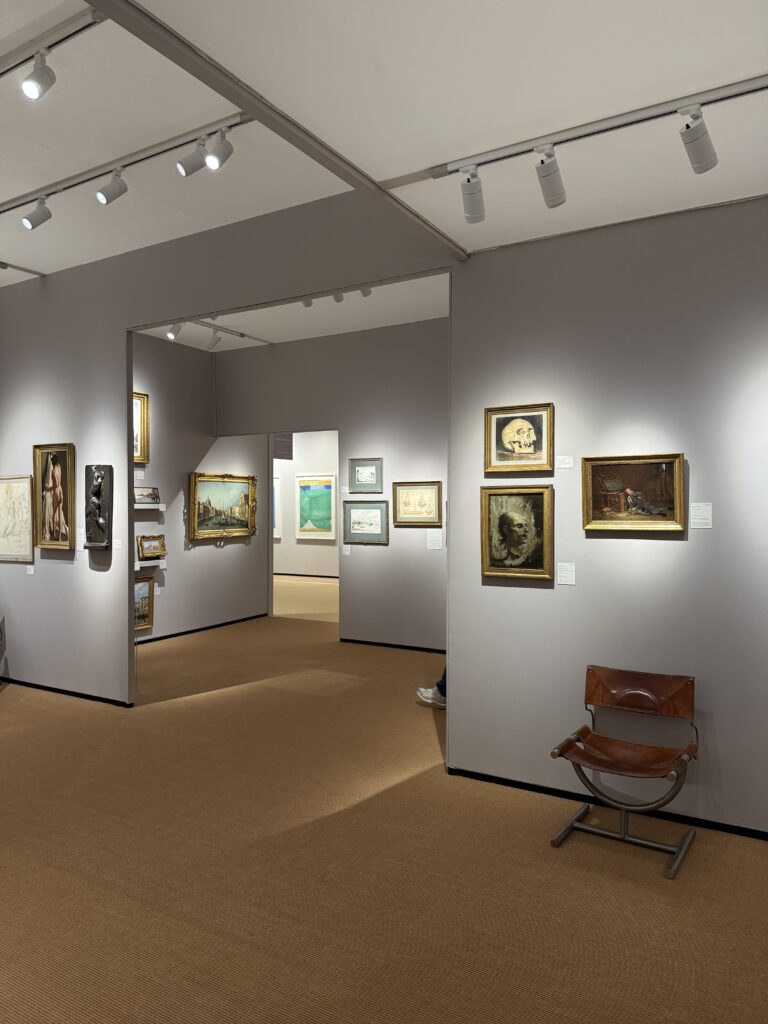From 15 to 19 October at Regent’s Park, London.
Frieze Masters, established in 2012, offers a contemporary and unique perspective on thousands of years of art history, spanning from collectible objects to significant masterpieces of antiquity, and from the Old Masters to the final decades of the twentieth century. The 2025 edition of the fair will bring together more than 120 galleries from 26 countries, among them Artur Ramon Art, the only Spanish participant.
Artur Ramon Art returns to London in collaboration with Charles Beddington Ltd. at Frieze Masters 2025. The gallery presents a curatorial dialogue that traverses centuries and artistic disciplines. The stand will unfold along three interconnected axes: landscape and vedute; the human body, from the sensuality of the nude to vanitas and death; and, finally, a section dedicated to the avant-garde, from Cubism to Abstraction.
The journey begins with landscape, through intimate sketches, oil studies, and preparatory ideas—genuine windows into the private worlds of artists. These personal visions illuminate the creative process that underpins the tradition of vedute and landscape painting. This section will feature a monumental still life by Antonio Ponce, one of the great masters of the Spanish Golden Age.
The second section focuses on the human figure, sensuality, and the ephemeral nature of life. A seventeenth-century oil painting by Andrea Vaccaro serves as its centerpiece, accompanied by a commanding Gypsy Woman by Isidre Nonell and works by Mariano Fortuny, Julio González, and Ismael Smith. From the sacred to the earthly, from marble to bronze, this area reflects the multiple perspectives on the body and mortality in Western art.
The final axis brings together little-known and previously unseen works of the European avant-garde. Highlights by George Valmier, Jean Metzinger, Giorgio Morandi, Jacques Villon, and Joan Miró form the core of this selection, joined by a magnificent drawing by Pablo Picasso from the early twentieth century. Together, these works illustrate the evolution of modern language, from Cubism to a more poetic and architectural abstraction.
